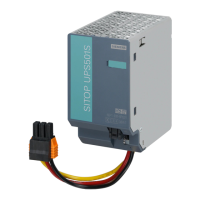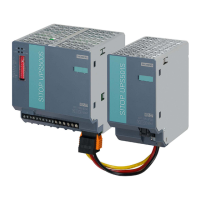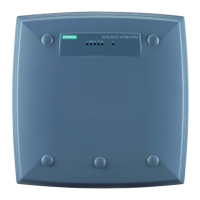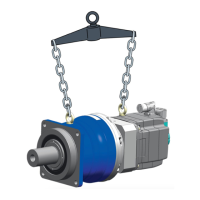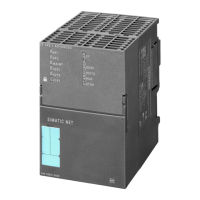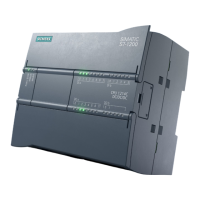Infrared measurement
1
2
3
10
9
11
9
12
9
8
7
4
5
6
6DPSOHJDV
RXWOHW
6DPSOHJDV
LQOHW
1 Capillary 7 Infrared source
2 Second detector layer 8 Reector
3 Microow sensor 9 Window
4 Analyzer chamber 10 Slide
5 Chopper wheel 11 First detector layer
6 Synchronous motor 12 Third detector layer (only for some versions)
Figure 3-4 Operating principle of infrared measurement
This measuring principle is based on the molecule-specic absorption of bands of infrared
radiation, which in turn is based on the single-beam procedure.
A radiation source (7) operating at 600 °C (1111 °F) emits infrared radiation, which is then
modulated by a chopper (5) at 8 1/3 Hz.
The infrared radiation passes through the analyzer chamber (4), into which sample gas is
owing, and its intensity is weakened as a function of the concentration of the measured
component.
The receiver chamber (detector) - set up as a two- or three-layer detector - is lled with the
component to be measured. The rst detector layer (11) primarily absorbs energy from the
central sections of the sample gas IR bands. Energy from the peripheral sections of the bands is
absorbed by the second (2) and third (12) detector layers. The microow sensor generates a
pneumatic connection between the upper layer and the lower layers. Negative feedback from
the upper and lower layers leads to an overall narrowing of the spectral sensitivity band. The
ingress of the IR radiation in the third layer and, therefore, the absorption of the bands, can be
varied using a slide (10), thereby increasing the selectivity of each individual measurement.
The rotating chopper (5) generates a pulsating ow in the receiver chamber that the microow
sensor (3) converts into an electrical signal. The microow sensor consists of two nickel-plated
grids heated to approximately 120 ºC (248 °F), which, along with two supplementary resistors,
Description
3.3 Function
ULTRAMAT 23
Equipment Manual, 04/2022, A5E37100388-012 25

